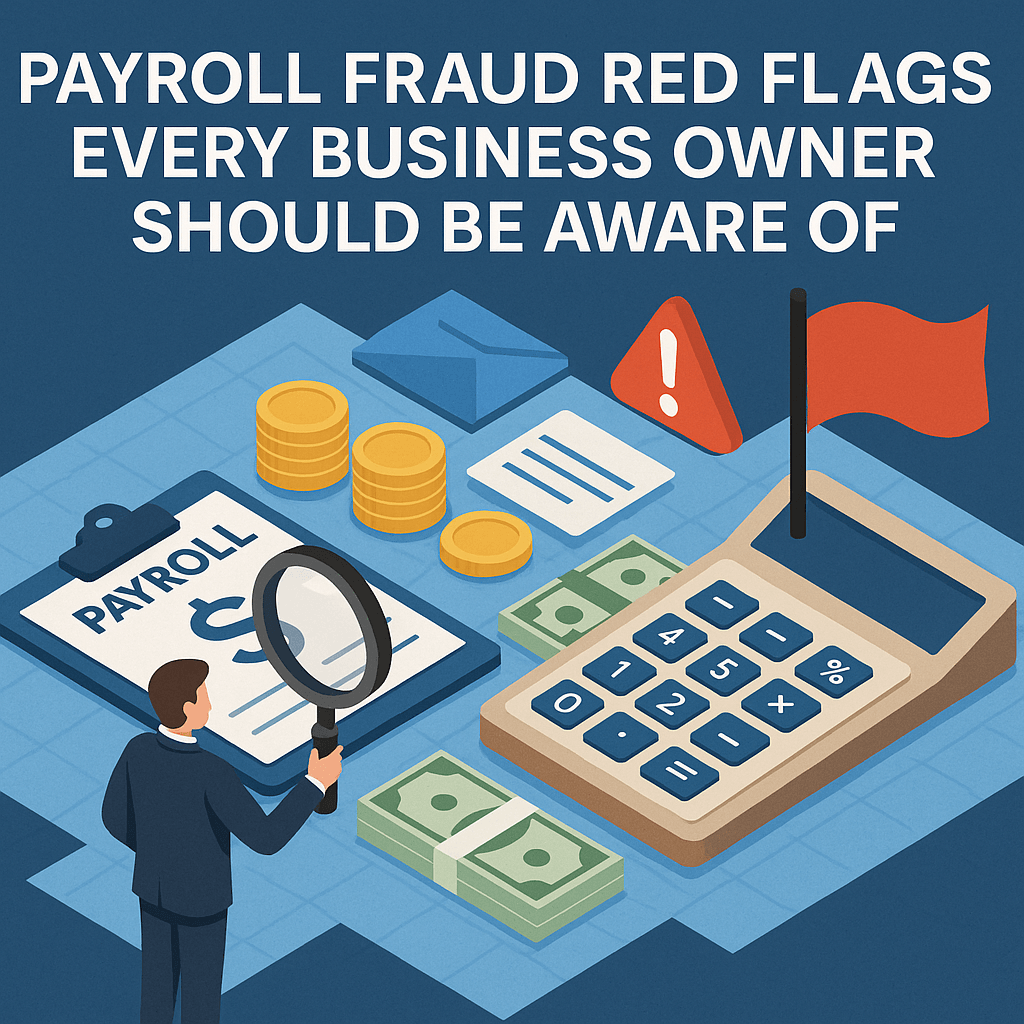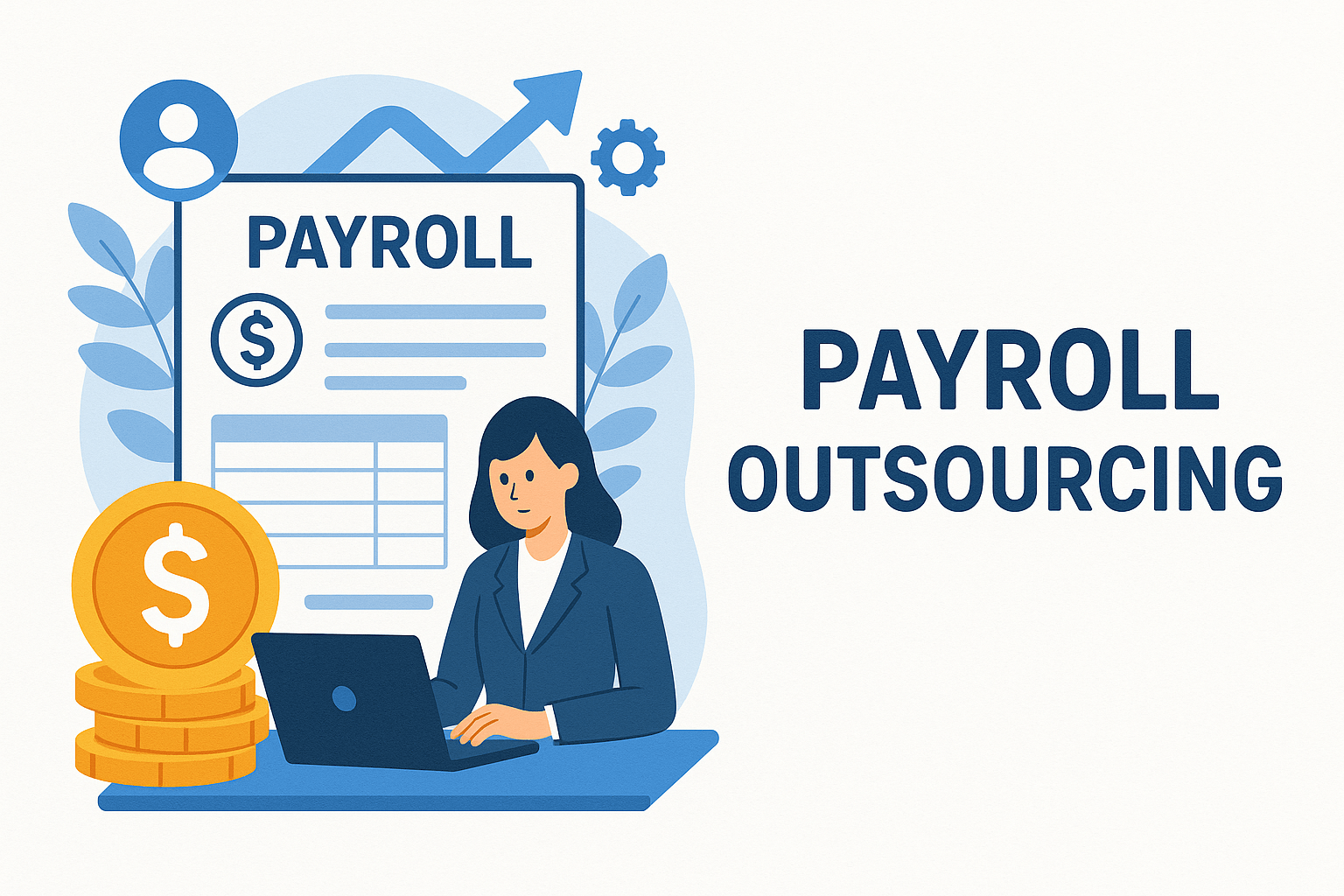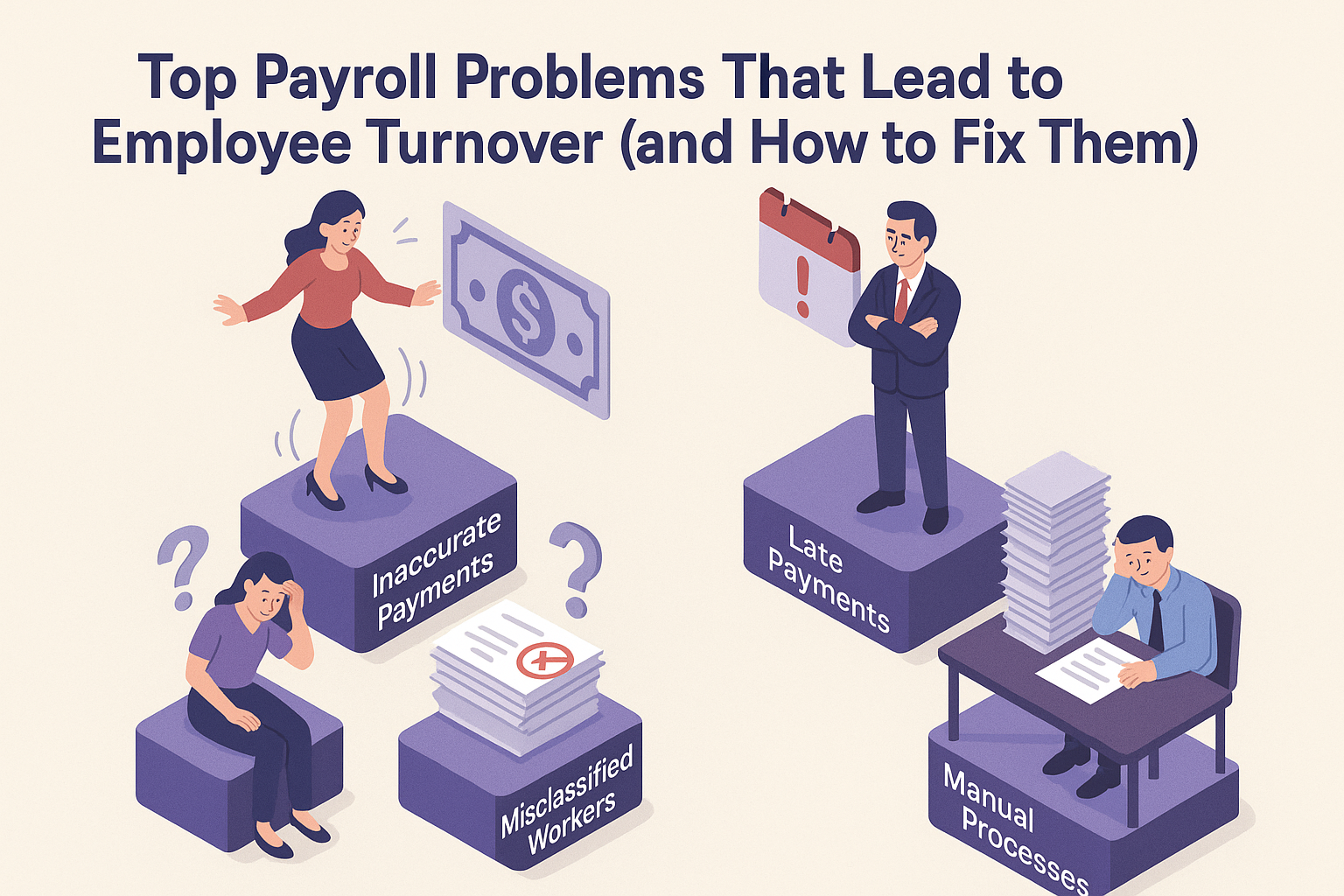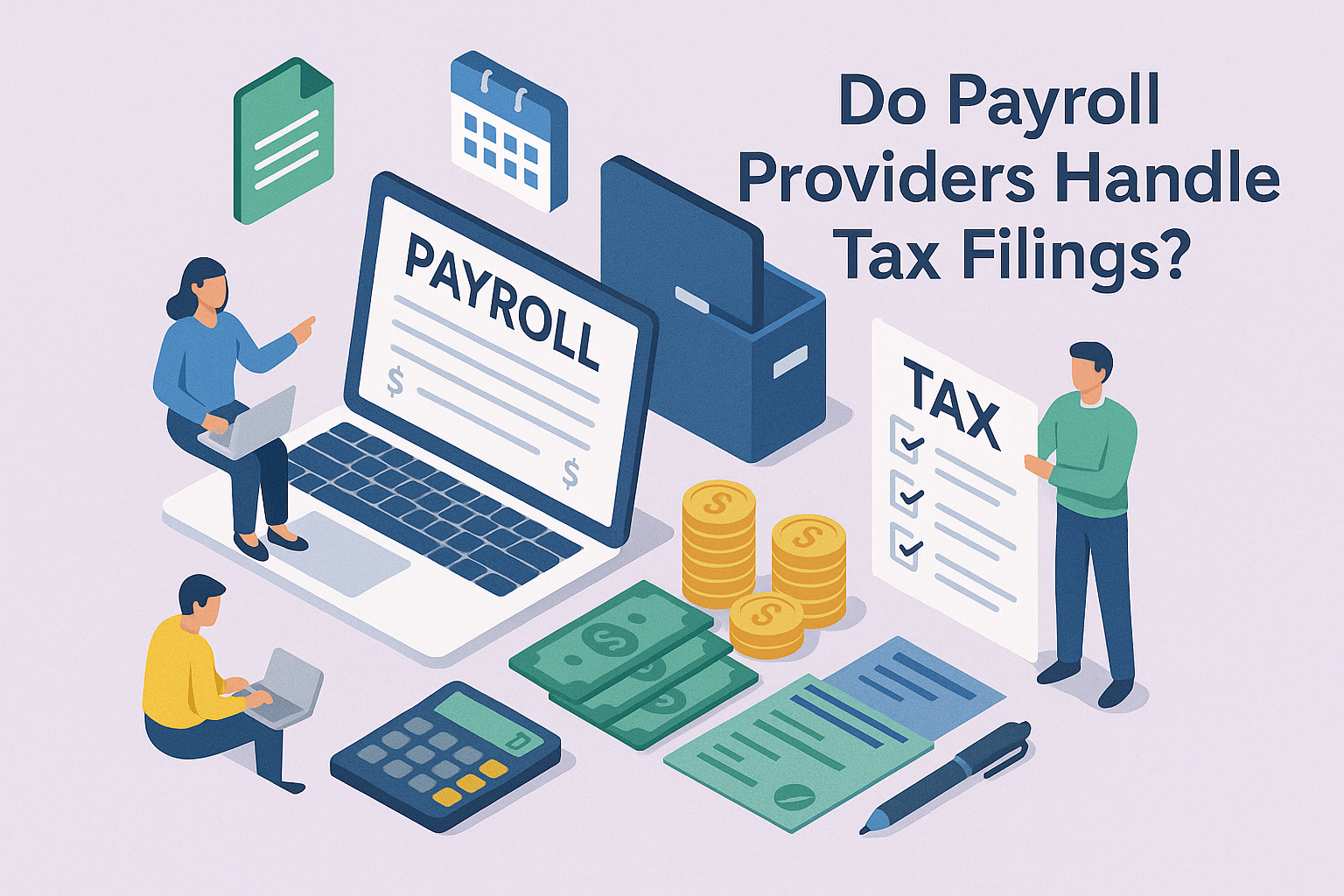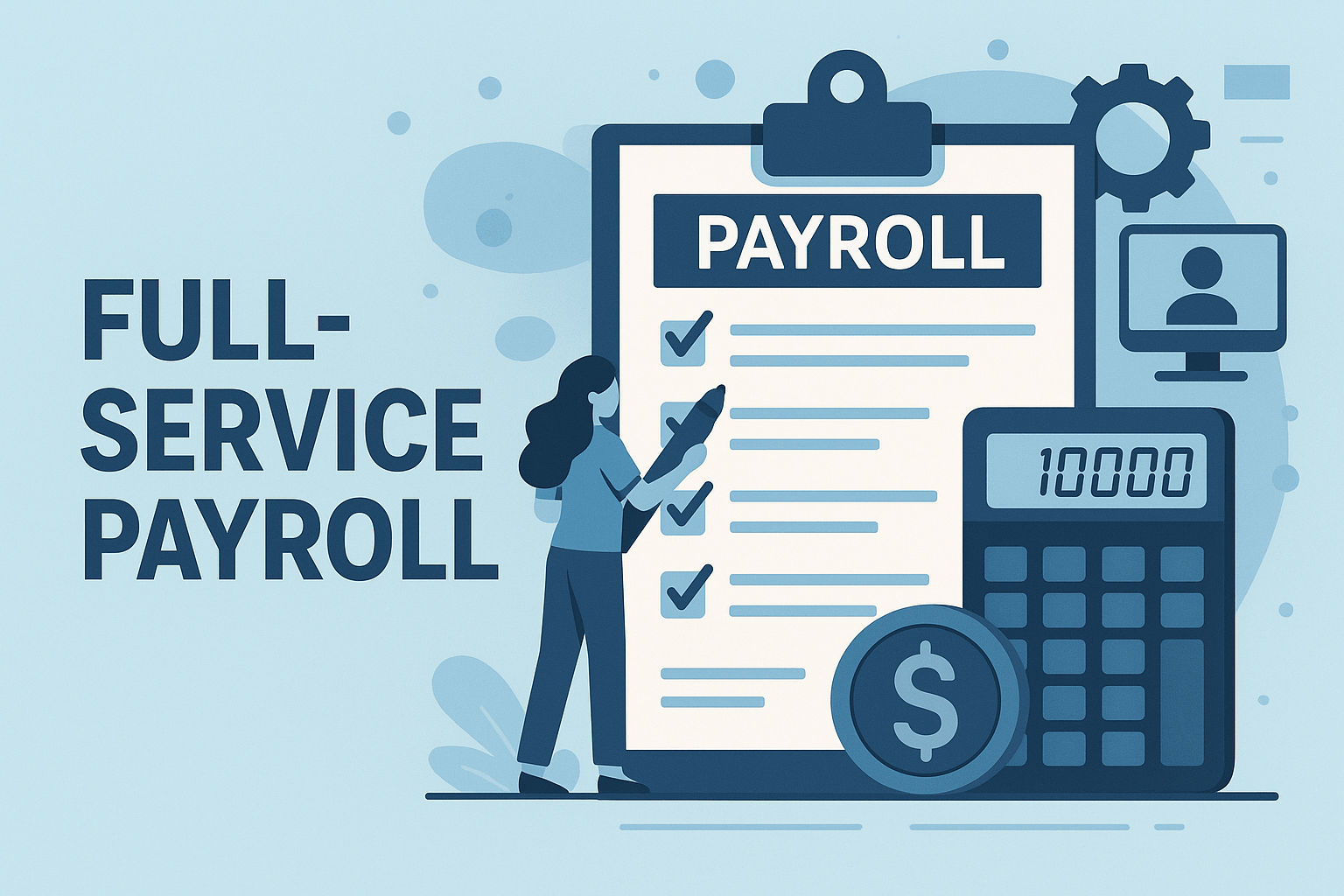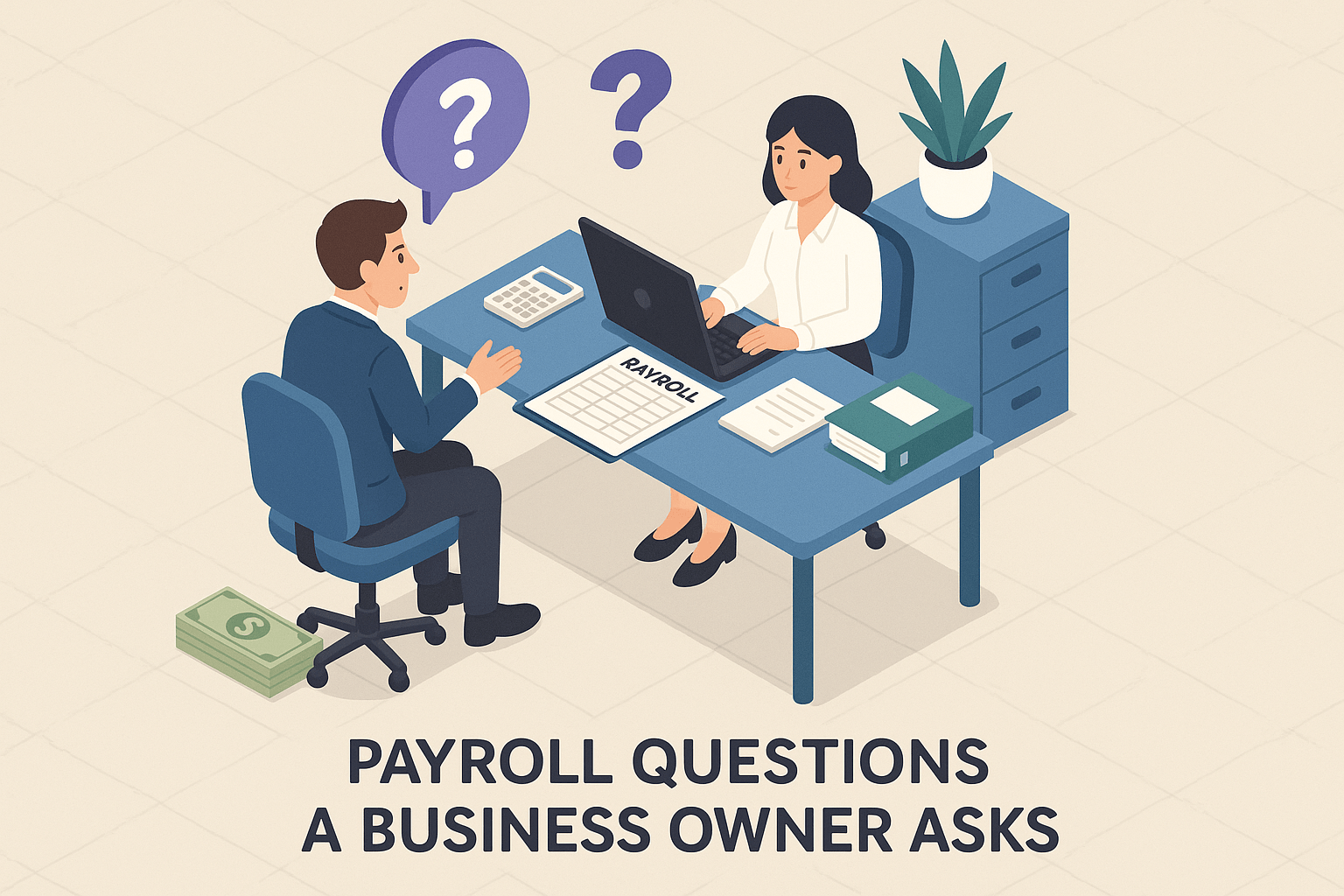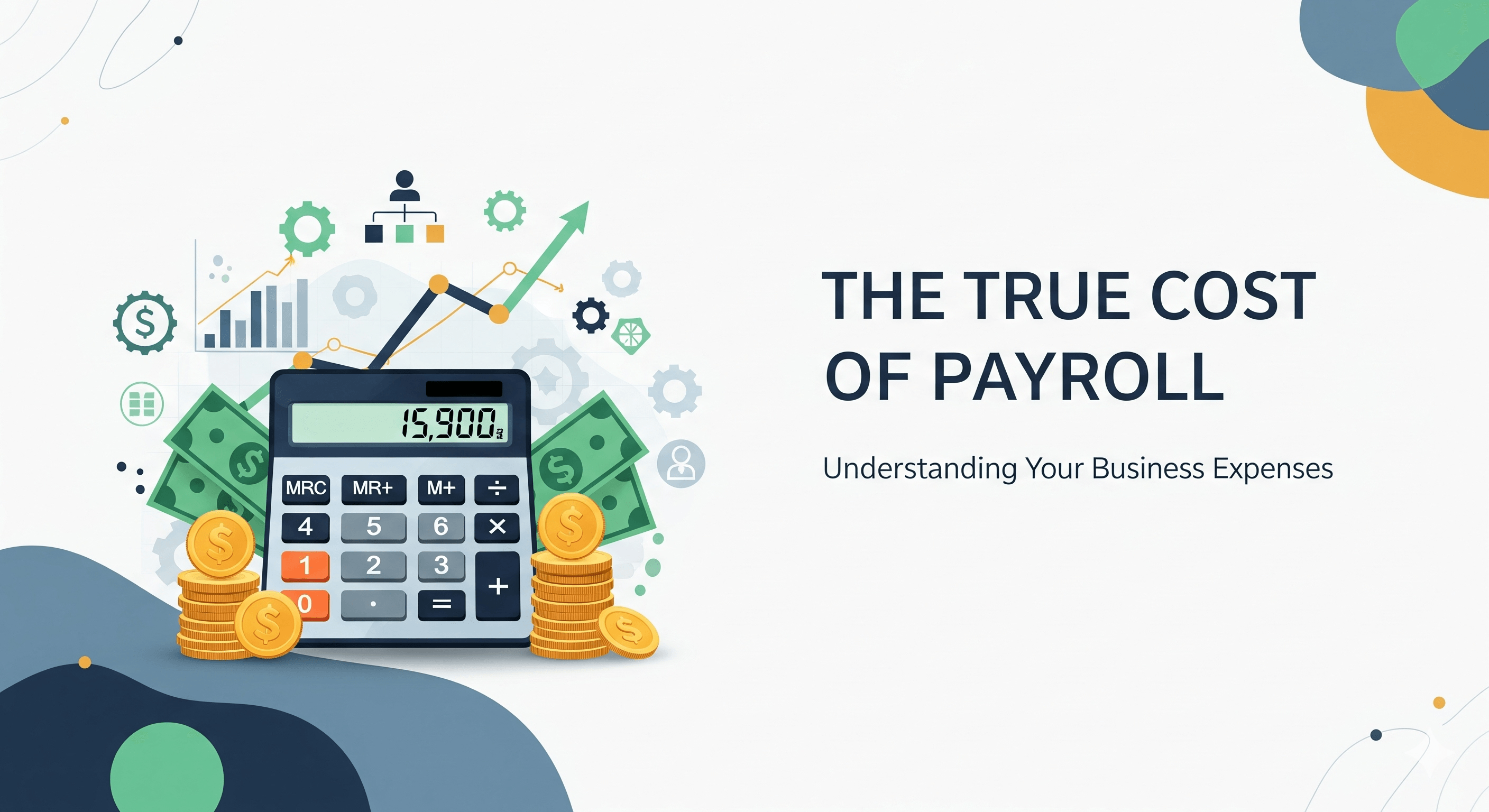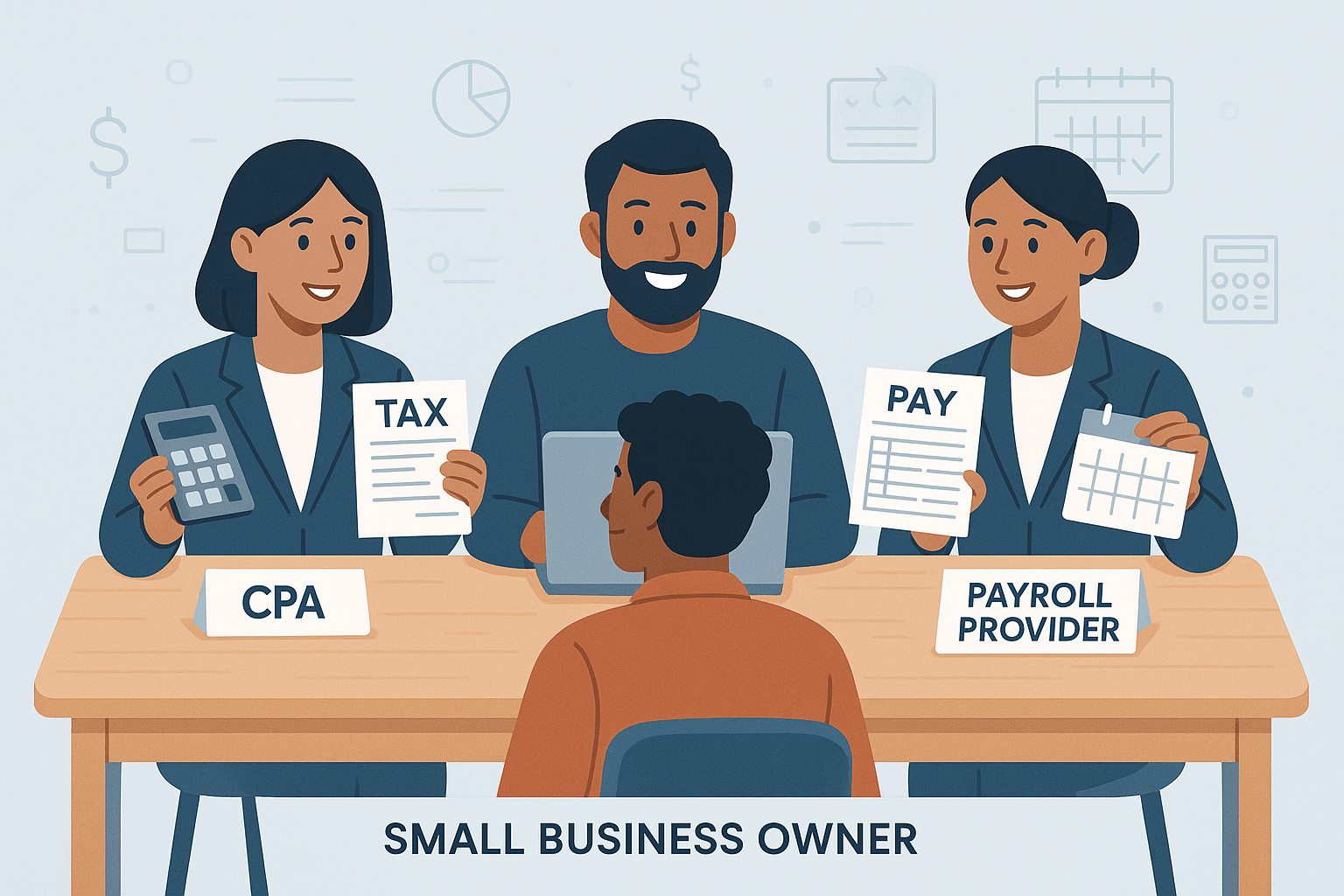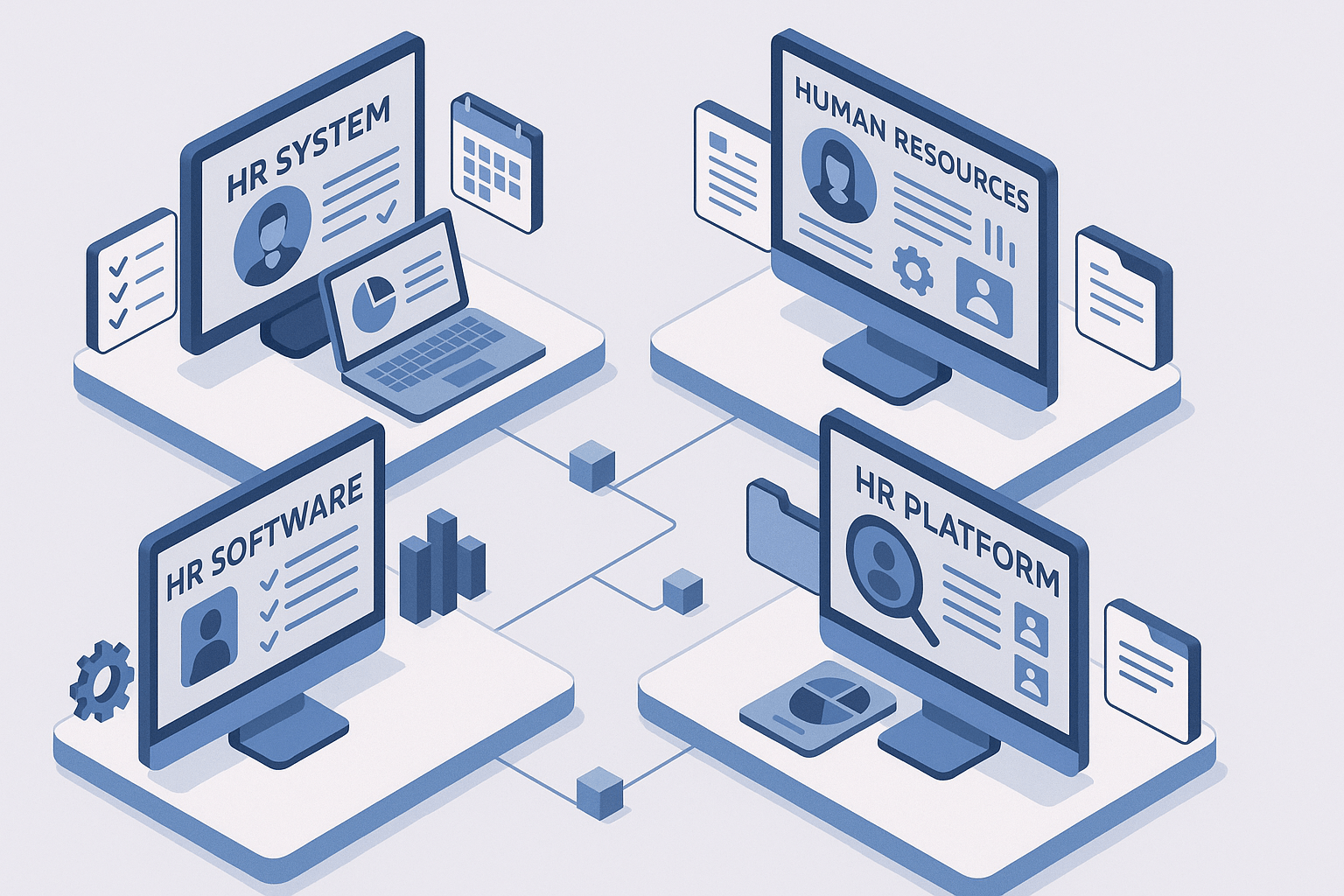
Do you ever find yourself puzzled by the terms "exempt" and "nonexempt" regarding employee classification? You're not alone. Understanding these classifications is crucial, yet they often need to be clarified for many HR professionals, business owners, and managers. Misclassifying employees as exempt or nonexempt can lead to significant legal, financial, and operational challenges for employers. Legally, it can violate the Fair Labor Standards Act (FLSA), back pay liabilities, fines, and class action lawsuits. Financially, employers may face increased payroll costs due to overtime pay and penalties. Misclassification also disrupts business operations, complicates record-keeping, and can lead to decreased employee morale and higher turnover rates.
Backed by 50+ years of experience in Human Capital Management, Lift HCM provides your organization with expert guidance on complex issues like employee classification, ensuring accurate payroll, and legal compliance.
In this article, you will learn the key differences between exempt and nonexempt employees, how to determine the correct classification for your staff, and how to stay updated with recent changes in labor laws, all backed by our industry knowledge and expertise.
Table of Contents
- What Are Exempt Employees?
- What Are Nonexempt Employees?
- Key Differences Between Exempt and Nonexempt Employees
- Be Aware of Recent Changes and Legal Considerations
- Avoid Liability by Staying Compliant
What Are Exempt Employees?
Exempt employees are not entitled to overtime pay under the Fair Labor Standards Act (FLSA), a federal law establishing minimum wage, overtime pay eligibility, recordkeeping, and child labor standards affecting full-time and part-time workers in the private sector and in federal, state, and local governments. This means exempt employees receive a fixed salary regardless of the hours worked. To qualify as exempt, employees generally must meet specific criteria related to their job duties and salary level.
Key Criteria for Exempt Status
Fixed Salary Amount: Employees must receive a predetermined amount of compensation each pay period, which cannot be reduced based on the quality or quantity of work performed.
Minimum Salary Requirement: The employee must earn a minimum salary threshold, which is periodically updated to reflect changes in living costs.
Job Duties: Employees must perform certain types of job duties, typically falling into categories such as executive, administrative, or professional roles. These duties often include tasks like managing other employees, exercising discretion and independent judgment, or possessing specialized knowledge.
Examples of Exempt Positions
Executive Employees: These are individuals who manage a department or subdivision of the company and have the authority to hire and fire employees or make significant recommendations in such matters.
Administrative Employees: These workers perform non-manual or office work related to management policies or general business operations. Their tasks require independent judgment and discretion.
Professional Employees: This category includes employees whose work requires advanced knowledge in a field of science or learning, typically acquired through prolonged education (e.g., doctors, lawyers, engineers).
What Are Nonexempt Employees?
Nonexempt employees are entitled to overtime pay under the Fair Labor Standards Act (FLSA). This classification is designed to ensure fair labor standards and prevent exploitation through excessive work hours without appropriate compensation, reinforcing the ethical foundation of the system.
Key Criteria for Nonexempt Status
Hourly or Salaried Basis: Nonexempt employees can be paid hourly or salaried. However, this distinction does not affect their eligibility for overtime pay.
Salary Level: Nonexempt employees typically earn less than the minimum salary threshold established for exempt employees.
Job Duties: The primary job duties of nonexempt employees do not meet the exempt criteria. These roles often involve routine tasks that do not require advanced knowledge or independent judgment.
Examples of Nonexempt Positions
Hourly Workers: Retail employees, restaurant staff, and manufacturing workers who are paid hourly and work hours fluctuate. Other examples of nonexempt positions include customer service representatives, data entry clerks, and call center operators.
Administrative Support: Clerical staff, receptionists, and other administrative personnel who perform routine office tasks and do not exercise significant independent judgment.
Skilled Trades: Electricians, plumbers, and other skilled trade workers whose roles require specific skills but do not involve managing other employees or making high-level decisions.
Key Differences Between Exempt and Nonexempt Employees
Overtime Pay
One of the most significant differences between exempt and nonexempt employees is their eligibility for overtime pay. Nonexempt employees must receive overtime pay at a rate of one and a half times their regular pay for any hours worked over 40 in a workweek. Exempt employees, on the other hand, are not entitled to overtime pay, regardless of the number of hours they work.
Salary vs. Hourly Pay
Exempt employees are typically salaried, meaning they receive a fixed amount of pay each period, which does not change based on the number of hours worked. Nonexempt employees are often paid hourly, and their total earnings can vary depending on the number of hours they work in a given period.
Job Duties and Responsibilities
The job duties and responsibilities of exempt and nonexempt employees differ significantly. Exempt employees generally hold positions that require a high level of skill, education, or independent judgment. These roles often include managerial, administrative, or professional tasks. Nonexempt employees usually perform routine tasks that do not require advanced knowledge or significant decision-making authority.
Breaks and Meal Periods
While the FLSA does not mandate breaks or meal periods, nonexempt employees are typically more likely to be subject to state laws that require rest and meal breaks. Exempt employees may not be subject to the same state requirements for breaks because they are salaried and not tied to a specific number of hours worked.
Recordkeeping Requirements
Employers must maintain accurate records of hours worked by nonexempt employees to ensure proper wage and overtime payments. This includes tracking start and end times, breaks, and overtime hours. The recordkeeping requirements for exempt employees are less stringent, as they are not compensated based on hours worked.
Impact on Benefits
Employee classification can also affect their eligibility for certain benefits. Some benefit plans may have different provisions for exempt and nonexempt employees, particularly regarding overtime pay and work hours. Employers must clearly define these distinctions in their benefits policies to ensure compliance and fairness.
Be Aware of Recent Changes and Legal Considerations
Labor laws and regulations regarding employee classification are subject to change. Staying informed about these changes is crucial for maintaining compliance. Below are some recent updates and considerations.
- Minimum Salary Threshold Adjustments
The Department of Labor periodically updates the minimum salary thresholds for exempt employees. Employers must ensure they meet the current standards available on the Department of Labor’s website. - State-Specific Regulations
Some states have regulations that may differ from federal standards. For example, California and New York have higher minimum salary thresholds for exempt employees. Awareness of and compliance with federal and state laws are essential. - Remote Work Considerations
The rise of remote work has led to new considerations for employee classification. To avoid violations, employers must ensure that remote employees are classified correctly and their working hours are properly tracked. - Court Rulings and Precedents
Legal cases and court rulings can impact interpretations of the FLSA and other labor laws. Employers should stay informed about relevant legal developments that might affect employee classification.
Avoid Liability by Staying Compliant
Understanding the difference between exempt and nonexempt employees is crucial for ensuring compliance with labor laws and maintaining fair workplace practices. Proper classification affects payroll and overtime calculations, overall employee satisfaction, and legal compliance.
Knowing exempt and nonexempt employees' definitions, criteria, and responsibilities can help you make informed decisions that protect your organization from legal issues. Regular reviews, clear policies, and staying updated on recent changes in labor laws are essential steps in this process.
Remember, accurate classification is not just about adhering to regulations; it’s also about fostering a fair and transparent work environment. At Lift HCM, we are committed to providing you with the knowledge and tools you need to navigate these complexities confidently.
Caitlin Kapolas is a results-driven professional with a strong background in account management and retail. She is dedicated to improving client experiences and building lasting relationships. Caitlin excels in identifying client needs, resolving issues, and implementing customized solutions that drive value. Her effective communication skills ensure high client satisfaction and loyalty, making her a trusted advisor and partner in meeting client needs with precision and professionalism.



.png?width=1536&height=1024&name=Create%20a%20background%20that%20reads%2c%20How%20Long%20to%20Keep%20P%20(1).png)



